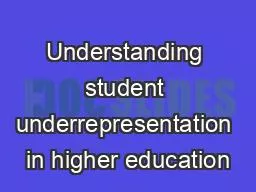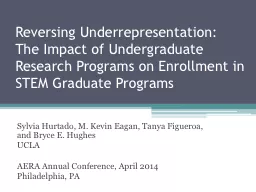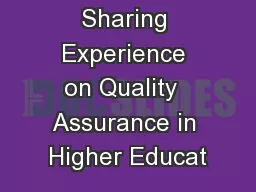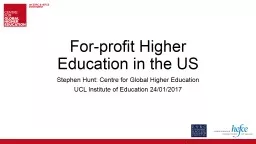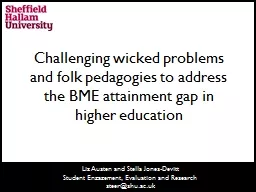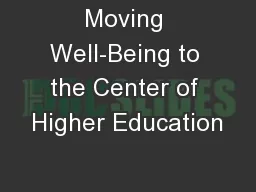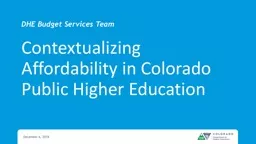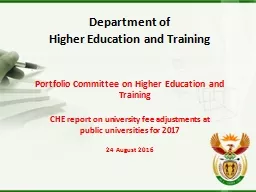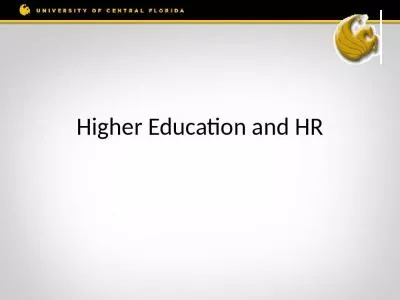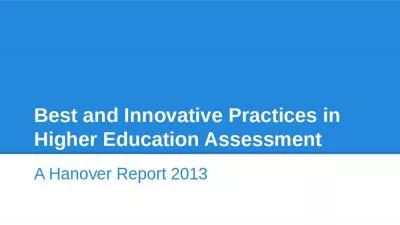PPT-Understanding student underrepresentation in higher education
Author : coveurit | Published Date : 2020-10-06
David Bass Equality Challenge Unit Prof Thilo Kroll Universities of Dundee and St Andrews Attracting diversity purpose of the programme To support HEIs develop
Presentation Embed Code
Download Presentation
Download Presentation The PPT/PDF document "Understanding student underrepresentatio..." is the property of its rightful owner. Permission is granted to download and print the materials on this website for personal, non-commercial use only, and to display it on your personal computer provided you do not modify the materials and that you retain all copyright notices contained in the materials. By downloading content from our website, you accept the terms of this agreement.
Understanding student underrepresentation in higher education: Transcript
Download Rules Of Document
"Understanding student underrepresentation in higher education"The content belongs to its owner. You may download and print it for personal use, without modification, and keep all copyright notices. By downloading, you agree to these terms.
Related Documents

